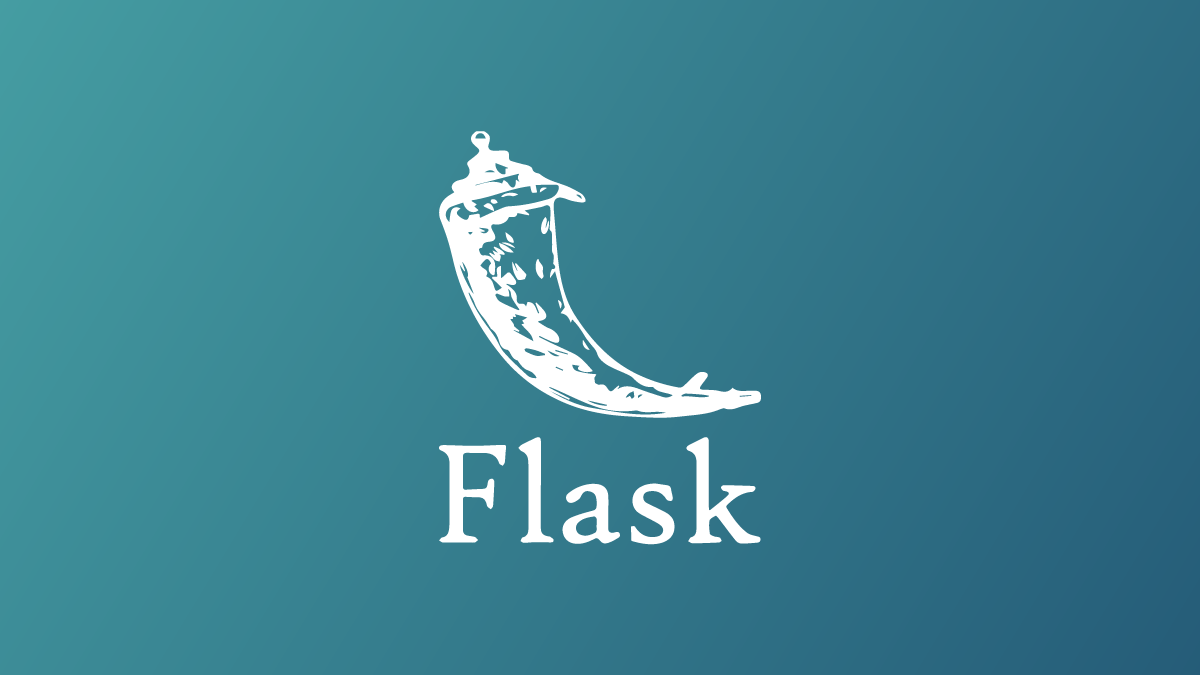Reverse Proxying Framer Through Flask
Posted on April 6, 2023 • 3 minutes • 468 words
Table of contents
Understanding Reverse Proxying with Flask
Reverse proxying is a technique where a backend server, in this case, Flask, acts as an intermediary between the client and the Framer application. This allows you to serve the Framer site within a single request-response cycle, providing a seamless user experience.
Setting up the Flask Reverse Proxy
-
Install Flask: Begin by installing the Flask web framework. You can do this using pip:
pip install flask -
Create a Flask Application: Create a new Python file (e.g.,
app.py) and set up a basic Flask application:from flask import Flask, render_template, request app = Flask(__name__) @app.route('/') def index(): return render_template('index.html') if __name__ == '__main__': app.run() -
Serve the Framer Application: In the
templatesdirectory, create anindex.htmlfile and include the Framer code. This can be done by copying the HTML code generated by Framer after exporting your project. -
Reverse Proxy the Framer Application: To reverse proxy the Framer application, you’ll need to use the
requestslibrary to fetch the Framer site and then serve it back to the user. Update yourapp.pyfile:from flask import Flask, render_template, request import requests app = Flask(__name__) @app.route('/') def index(): # Fetch the Framer site response = requests.get('https://your-framer-site.com') # Render the Framer site within the Flask template return render_template('index.html', framer_content=response.content.decode()) if __name__ == '__main__': app.run()In the updated code, we use the
requestslibrary to fetch the Framer site and then pass the content to theindex.htmltemplate. -
Update the
index.htmlTemplate: Modify theindex.htmltemplate to display the Framer content:<!DOCTYPE html> <html> <head> <title>Framer Reverse Proxy</title> </head> <body> {{ framer_content | safe }} </body> </html>The
| safefilter ensures that the Framer content is rendered as HTML, rather than being displayed as plain text. -
Run the Flask Application: Start the Flask application using the following command:
python app.pyYour Framer application should now be accessible through the Flask reverse proxy at
http://localhost:5000.
Benefits of Reverse Proxying Framer with Flask
- Seamless User Experience: By serving the Framer site within a single request-response cycle, you can provide a more seamless and responsive user experience.
- Improved Security: Reverse proxying can help improve the security of your application by adding an additional layer of protection and control.
- Flexibility: Using Flask as a reverse proxy allows you to integrate your Framer application with other backend services or functionality, expanding the capabilities of your overall solution.
Enhancing Reverse Proxying with Caching
In addition to seamlessly integrating content from any source into your web application, it’s crucial to optimize the performance of your reverse proxy setup. One effective way to do this is by implementing caching. This ensures that once a design or content is loaded, subsequent requests for the same content are served from the cache, reducing the load on the original servers and improving the response time for your users.

